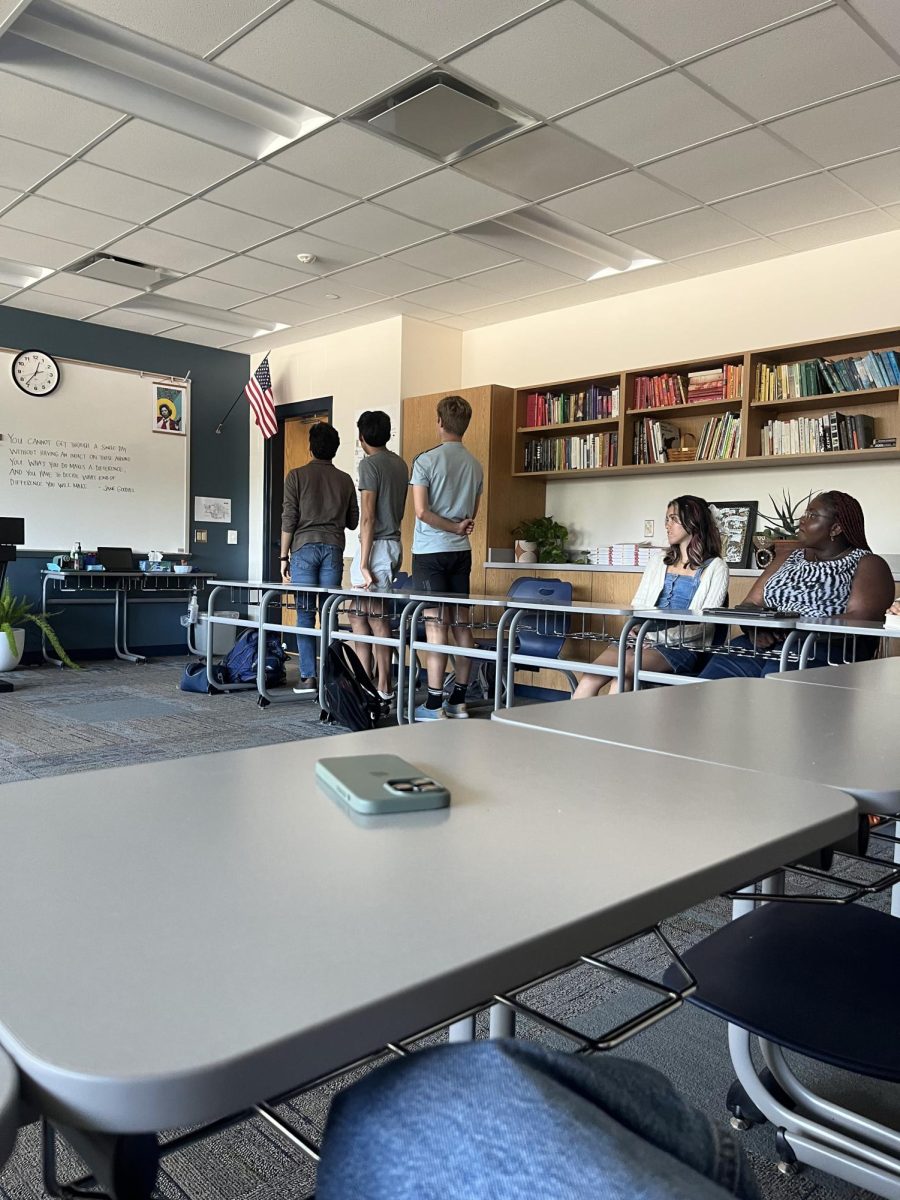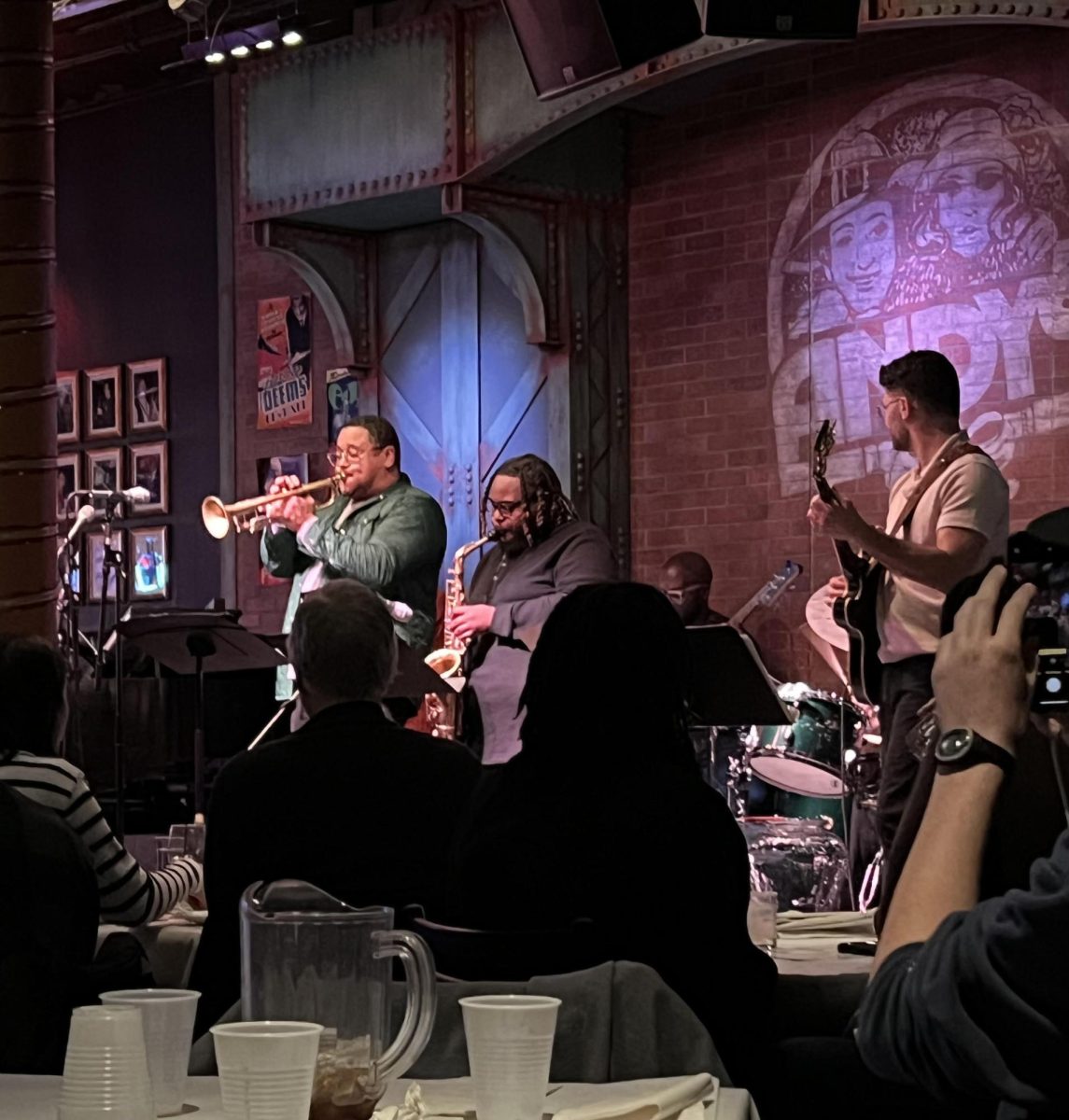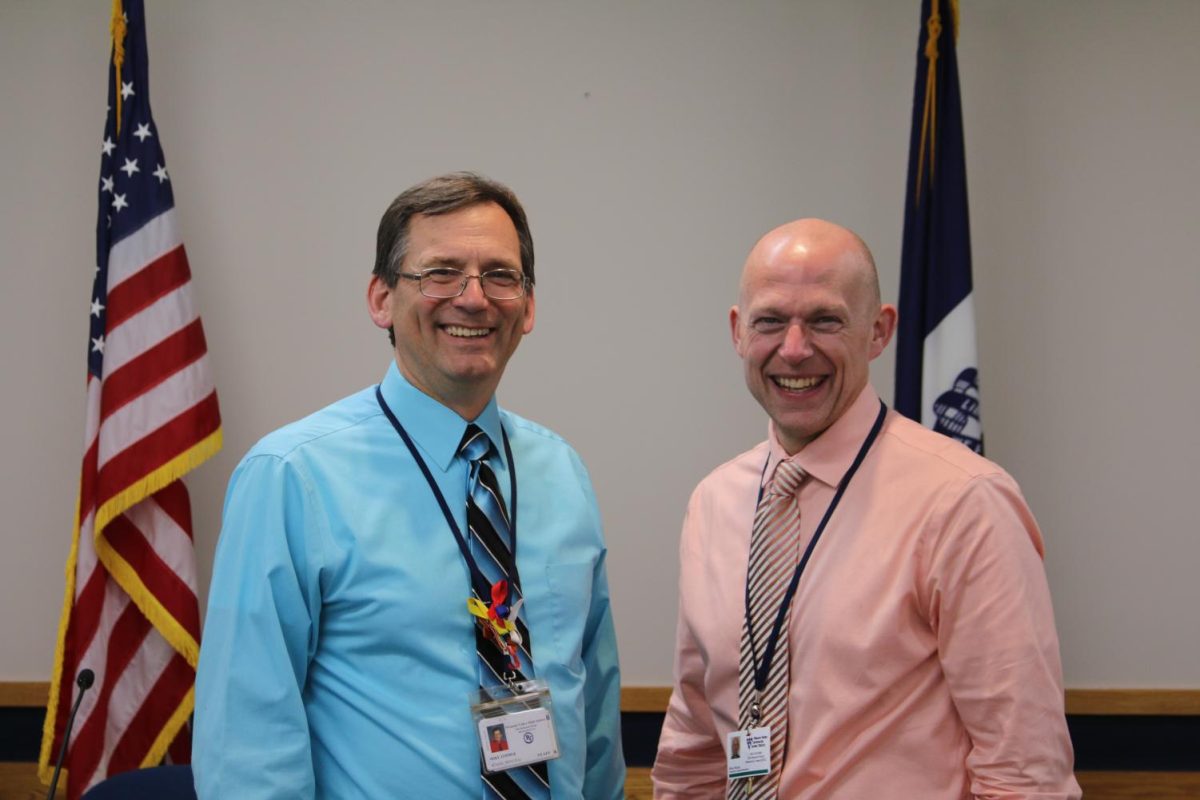Aspiring nun, 9-year-old Marise Ann Chiverella spent a spring morning in 1964 delivering canned goods to her teacher, a nun at St. Joseph’s Parochial School in Hazleton, Pa. As a shy, happy child, Chiverella would spend her last moments of life performing a good deed before being sexually assaulted and murdered. Nearly six decades after the case went cold, a 20-year-old college student aided in bringing Chiverella justice.
For years now, true crime podcasts, documentaries and shows have dominated top charts on many platforms; various mediums of true crime cases have taken over mainstream popular culture. With true crime’s rising popularity, youth populations have demonstrated increased interest in fields such as criminology, law and forensic science. Senior Alix Dalmasso is going to the University of Iowa to pursue a degree in Law and Criminology.
“Growing up my mom and I have always watched crime shows such as NCIS and Criminal minds for the most part. It’s so interesting to see the inner parts of the system, even if it’s not totally accurate all of the time, and I think I would excel in something such as a profiler or some kind of lawyer,” she said. “Without all of those shows I have grown up watching I don’t think I’d have any interest in crime at all- after seeing all of the cases they do and the thrill and intelligence instilled in those kinds of jobs I decided that’s the kind of job I wanted to pursue.”
Whether studying criminology or not, binging stories about true crime cases has become a prominent trend in the past few years. “Crime podcasts make people more aware about what goes on in the real world. I honestly listen to crime podcasts for fun, but I know they’ve become a lot more popular in the past few years,” shared junior Julie Vitug. The reemergence of popular crime shows has created a possibility for cold cases from the past to reopen.
In Chiverella’s case, then 18-year-old Eric Schubert helped law enforcement in 2020 to develop a family tree using the DNA found at the crime scene. After conducting interviews and collecting voluntary DNA samples from potential family members, Schubert was able to narrow his list down to four possible suspects.
After investigators dismissed three of the four suspects, Jan. 6, 2022 marked the date when investigators were ready to disinter James Paul Forte’s body – the remaining suspect. When test results came back on Feb. 3, they were able to confirm the match.
Officials disclosed Forte died of natural causes at the age of 38 in 1980, making him 22 when he raped, strangled and killed 9-year-old Chiverella. Forte’s DNA match allowed law enforcement to connect him back to his previous offenses. According to The New York Times, Forte pleaded guilty to aggravated assault in 1974, leaving him with a one-year probation sentence. Four years later, Forte was charged with reckless endangerment and harassment in 1978.
Although both the victim and criminal of this case are deceased, the truth to this story has freed many in the town of Hazelton. Unlike typical crime junkies, the citizens of Hazelton and the Chiverella family have waited nearly six decades to bring justice to a loved one.
State police Cpl. Mark Baron told The Washington Post, “We’re always told not to get attached to a case, but you can’t help it. It’s a vivid memory for everybody who grew up in this area … And what happened to her ushered in a change in this community.”
True crime’s rise in popularity has created a culture in which cold cases from the past have re emerged. With a new perspective and advanced technology approaching cold cases, justice is no longer far from reach. For many, Chiverella’s justice prevailed over the horrors of Forte’s actions.















